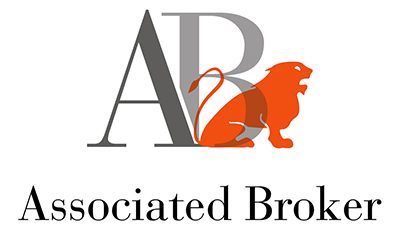In the financial informer fourth quarter 2021, we look at the new cost of travel in 2022 due to COVID-19. How the ZAR has changed over history from Van Riebeeck to Madiba.
Not for the faint-hearted 
Perhaps the best financial travel advice for 2022 is don’t! The current global situation has made travel expensive, uncertain, and fraught with difficulty. However, for those who are both brave and just itching to get wheels up and exploring again, here is some financial advice to limit the costs.
For many South Africans, our weak currency means a trip to Parys instead of Paris. While it is true that a cappuccino on St Marks Square in Venice will cost you more than R100, this is not true everywhere. Combine carefully selected destinations with several smart traveller tips and you may enjoy an adventure that far exceeds your expectations at considerably less than you expect. “Stuff your eyes with wonder, live as if you’d drop dead in ten seconds. See the world. It’s more fantastic than any dream made or paid for in factories.” – Ray Bradbury. Travel is, without a doubt, one of the great adventures that life has to offer. Exotic locations, fascinating cultures, smells, food, and music all add up to an experience that would be sadly missed just because it may cost too much. But it doesn’t have to. Follow these tips and you could possibly have a richer experience than you ever expected!
The Rand from van Riebeeck to Madiba
One sometimes hears older South Africans use expressions such as “being half a brick and a tickey high” when referring to a short person, a public phone as a “tickey box” and loose change as a “couple of bob”. Readers born after 1960 may not understand the origin of these words, which date back to a time when our country’s currency was not the Rand.
Until 1961, our currency was the South African Pound and was structured in a similar way to the British Pound at the time, with one Pound consisting of 20 shillings, and a shilling being equal to 12 pennies. Colloquially a threepenny coin was called a “tickey”, six pennies were called “sixpence” and a shilling was called a “bob”. Although by the 1960s many countries had adopted decimal currencies, Britain and many of the Commonwealth countries had not yet done so. Britain finally converted to a decimal currency in 1971, and this conversion was partly prompted by the prior successful conversion to a decimal currency by one of her former colonies: South Africa. As far back as 1913, there were suggestions that the then Union of South Africa should adopt a decimal monetary system but no real steps were taken until the late 1950s when the Decimal Coinage Commission gave its attention to the issue. In 1958, the SA government chose, from the various systems proposed, to decimalise and introduce Rands and cents.


